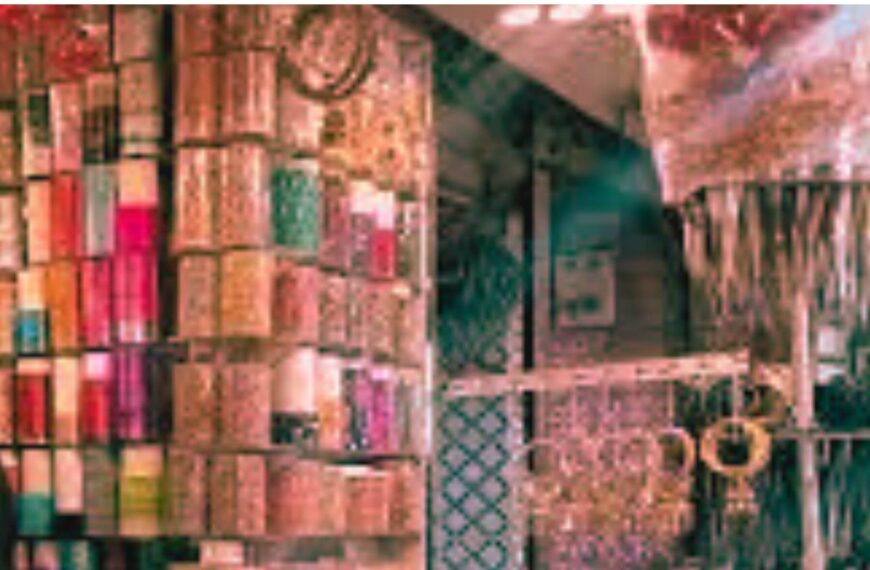The total population of UP in the age group 15-24 years is 40,619,000, while the sex ratio is 871/1000; 82% in urban areas and 81% in rural areas are literate. A large number of the youth in the state remains unemployed. Craig Jeffrey’s book, Time Pass: Youth, Class, and Politics of Waiting in India, explores various activities of youths of Meerut during the time they wait for something fruitful to happen. Young people from upper and middle classes spend a lot of time, money and gifts to build and maintain their political and government networks. It helps them in getting their work done. Youths from these social classes have understood, who to connect, how to connect and what are the benefits of these connections from their familial and social conversations. Ashish’s findings show that bribery and political connections become important instrument in providing a decent job. Secondly, unemployed youngsters also work as goons and henchmen for the local politicians. It helps them to get a few things done, which in turn makes them feel socially important, in the absence of a proper job. Here’s a report, exclusively in Different Truths.
Youth is considered an important juncture in human life. This phase is a bridge between childhood and maturity. After completing formal education, young people spend their time swinging between employment and unemployment. This phase gives them ample time to understand the society around them according to their own thinking, background, and surroundings and thus, plan for their future. It is essential to understand how they make use of this time during which the direction of their life is determined.
Uttar Pradesh (UP) is teeming with young people. As per the census of 2011, the total population of UP is 199,812,000 and out of this, 48,910,000 comes under the age group 10-19 years and the sex ratio is 882/1000. The total population for the age group 15-24 years is 40,619,000, while the sex ratio is 871/1000. Total 65% of urban population and 55% of rural population is literate.
In the age group of 10-19 years, 83% are educated in urban areas, and 87% are literate in rural areas. Total 84% girls and 89% boys belonging to this age group are literate. In the age group 15-24 years, 82% in urban areas and 81% in rural areas are literate. Furthermore, 76% girls and 87% boys are literate in this age group. Here, we need to understand that the difference between ‘being literate’ and ‘being educated’ is not clear in the census.
Let us try to understand youth, politics, and process, through which they try to find a regular job by studying examples of youths of some districts of UP. In Varanasi, there is no culture of reaching on time in any function. The reason behind this is not that people there do not understand the importance of time but on the contrary, the actual reason is that people want to make full use of time. And so, they are running against time almost always. It is considered important for the youth to acquire two-three educational degrees, part-time jobs and take out time to fill job applications.
The district of Rae Bareli may not be well-known for any other reasons but it finds frequent mentions in the corridor of politics. With the population of almost 35 lakhs, this district has been a ho me to many multi-talented and successful youths. Craig Jeffrey’s book, Time Pass: Youth Class, and Politics of Waiting in India, explores various activities of youths of Meerut during the time they wait for something fruitful to happen. Young people from upper and middle classes spend a lot of time, money and gifts to build and maintain their political and government networks. It helps them in getting their work done. Youths from these social classes have understood, who to connect, how to connect and what are the benefits of these connections from their familial and social conversations. Those who could not leave their hometown or state for education, gather and share the information related to different political and social networks on a daily basis.
me to many multi-talented and successful youths. Craig Jeffrey’s book, Time Pass: Youth Class, and Politics of Waiting in India, explores various activities of youths of Meerut during the time they wait for something fruitful to happen. Young people from upper and middle classes spend a lot of time, money and gifts to build and maintain their political and government networks. It helps them in getting their work done. Youths from these social classes have understood, who to connect, how to connect and what are the benefits of these connections from their familial and social conversations. Those who could not leave their hometown or state for education, gather and share the information related to different political and social networks on a daily basis.
Jeffrey’s book brings out another important point that education in itself does not provide tools to move ahead in life and neither is a tool in itself. We can clearly understand the situation of the youngsters of Meerut and Rae Bareli, who are unable to find a decent job even after fifteen years of formal education. Consequently, bribery and political connections become important instrument in providing a decent job. Secondly, unemployed youngsters also work as goons and henchmen for the local politicians. It helps them to get a few things done, which in turn makes them feel socially important, in the absence of a proper job. Small tea and paan shops and small shops of some friends serve as meeting joints for such people.
All this is absolutely wrong and unacceptable. It is important to establish a beneficial network but if we look closely at this trend of last two-three decades, a very potent question starts haunting, what does a young person finally achieve from all this, the youngster who spends so much time and resources in getting hold of an employment? And do his achievements match his qualification, capabilities, and expectations? During this ‘time pass’ not having a concrete employment definitely brings in desperation and also instability in their social footing. And there remains no possibility of compensating this.
©Ashish Kumar Singh
Photos from the internet.
#Education #UttarPradeshEducation #Employment #YouthAndUnemployment #DifferentTruths




 By
By

